How Liberal Protestants Paved the Way for Innovative Television
Fifty years ago, the liberal Protestant broadcaster VPRO first broadcast Van Oekel’s Discohoek, an idiosyncratic program that initiated the renewal of Dutch television. Progressive Flanders was watching and was green with envy.
Piet Van Roe, the erstwhile three-time CEO of the Flemish Radio and Television Broadcasting Company (VRT), always spoke of His Majesty the Viewer when giving his cool assessment of the television landscape. Just like the voter is always right at election time, the same applies to television viewers. They want to be catered to at their beck and call: media makers should take their desires and expectations into account, otherwise they will be tossed out in the trash bin.
Moreover, a public service broadcaster is also partly financed with taxpayers’ money. To justify this, one must reach as many Flemish people as possible. The Belgian public television broadcaster (BRT), the predecessor of VRT, managed to do this quite admirably until well into the 1980s: where radio faced increasing competition from young mavericks who dynamited the medium with undisciplined pop radio, television had no real competition until then. Although at that time the Flemish also often watched the Dutch channels.
At the end of the 1970s, Flemish people spent 85 percent of their viewing time on Dutch-language programmes: 60 percent of these were broadcast by the Belgian public broadcaster, 25 percent by the Dutch public broadcaster. It had a solid reputation, thanks to high-profile talk shows (Sonja Barend, Mies Bouwman and Willem Ruys) and game shows (the exciting Berend Boudewijn quiz, the hyperactive Willem Ruys, the first glitzy floor shows à la Wedden dat (Bet That) with Jos Brink): a kind of entertainment with which Flemings were only marginally familiar or from hearsay.
Everything remained quiet until Mike Verdrengh and Guido De Praetere delivered the haughty and sleeping giant on its pedestal of clay a knockout punch in 1989. Overnight, the Flemings opted for programmes with Dany Verstraeten, Gaston and Leo, Jan Theys and popular Flemish music. Suddenly, the new commercial channel VTM was the undisputed market leader.
In the Netherlands there was one broadcaster who did not care a fig about ratings and channel strategies, but was not held accountable for that, because its programmes were not soporific but high-profile
It turned out that the Belgian public broadcaster had spent too much time staring at its own navel: without competition, laziness and solipsism had set in. The resurrection came, but it was slow. This was partly due to the new CEO Bert De Graeve and the arrival of the production company Woestijnvis (Desert Fish); the two TV networks were also given more of a distinct character and profile, each aimed at a specific share of the viewing audience. This penchant for centrally controlled and streamlined market and target group thinking was new at the BRT, especially for the programme makers.
Meanwhile, the irony was that there was one broadcaster in the Netherlands who, like the BRT, did not care a fig about ratings and channel strategies, but was not held accountable for that, because its programmes were not soporific but high-profile, especially due to what the Dutch referred to as the “cultural elite”: the liberal protestants of the VPRO.
Sjef van Oekel
Sometimes, a public broadcaster is largely at the mercy of the political system funding it, that is a glutton for publicity: that applies in equal measure to Belgium and the Netherlands. However, from the outset, the Netherlands worked with a different financing model – with advertising – and a completely different broadcasting system. Soon practically every religious denomination and political movement had its own broadcasting corporation, for which the Dutch membership fees.
These broadcasters were founded almost a hundred years ago and started making media – at the beginning only radio – for their own supporters: the AVRO, independent, without affiliation demote any political or religious movement, the Catholics of the KRO, the Protestant Christians of the NCRV and the workers’ radio amateurs of the VARA. In this way, everyone was served in the media through a quasi-philosophical segmentation, each with its own constituency, its own preferences and its own programmes.
 Dolf Brouwers (left), alias Sjef van Oekel, receives Donna Summer in his TV programme ‘Van Oekel's Discohoek’, December 1974
Dolf Brouwers (left), alias Sjef van Oekel, receives Donna Summer in his TV programme ‘Van Oekel's Discohoek’, December 1974© VPRO / Noord-Hollands Archief, collection fotopersbureau De Boer
This line was later extended to television, a medium that, through the interplay of image and sound, could unite, inspire and influence people to a much greater extent than radio. As a result, much more variation in programming was possible in the Netherlands than with the monolithic BRT, which had no competition whatsoever.
The smallest broadcaster was VPRO, made up of and for the liberal Protestants, led by real pastors. Until the end of the 1960s, when a small palace revolution took place at the VPRO: the pastors were replaced by a self-confident flower power generation of television makers, who fully opted for creativity and rebelliousness.
The makers were supported in this by their practically legendary director Arie Kleijwegt, who in the beginning was caught between the liberal pastors who ran the small broadcaster at the time and the group of young, rebellious programme makers who strove for a different kind of liberalism. Despite all the turmoil, Kleijwegt stubbornly stood his ground and gave the green light to controversial programmes such as Hoepla (Whoops) – in which a naked woman appeared for the first time – and later the shows featuring the somewhat vulgar Fred Haché and Barend Servet.
In the late 1960s, a small palace revolution took place at the VPRO: the pastors were replaced by a self-confident flower power generation of television makers
Even a totally bonkers music show, hosted by a 59-year-old former operetta singer, got on air: Sjef van Oekel, played by Dolf Brouwers, was one of the many discoveries of Wim T. Schippers, creator of so many brilliant television shows for the VPRO. In his first incarnation, Van Oekel was a Fleming: he ran a chip shop, which was television nonsense that only Schippers could dream up—mutiny in colour, anarchy in 625 lines.
In 1974, now fifty years ago, Van Oekel got his own show on television: Van Oekel’s Discohoek, a kind of parody of AVRO’s music program TopPop, in which anarchy came first and music in its wake, something that was even appreciated by world stars back in the day such as Donna Summer.
Warm nest
That same year, on November 6, a new chapter in television history finally began. That’s when Wim de Bie and Kees van Kooten made their first television programme. Het Simplisties Verbond (The Simplistic Alliance) would become a beacon of incisive merriment, pastiches and caustically witty television humour – not only for the Dutch but for some Flemings as well.
At that time, the centre of media attention of what we may call with some trepidation the left-wing intelligentsia of Flanders was invariably focused on the Netherlands: people read De Volkskrant and NRC and Vrij Nederland and De Haagse Post, in which the political, cultural and sexual revolution of those years were explained and analysed in minute detail.
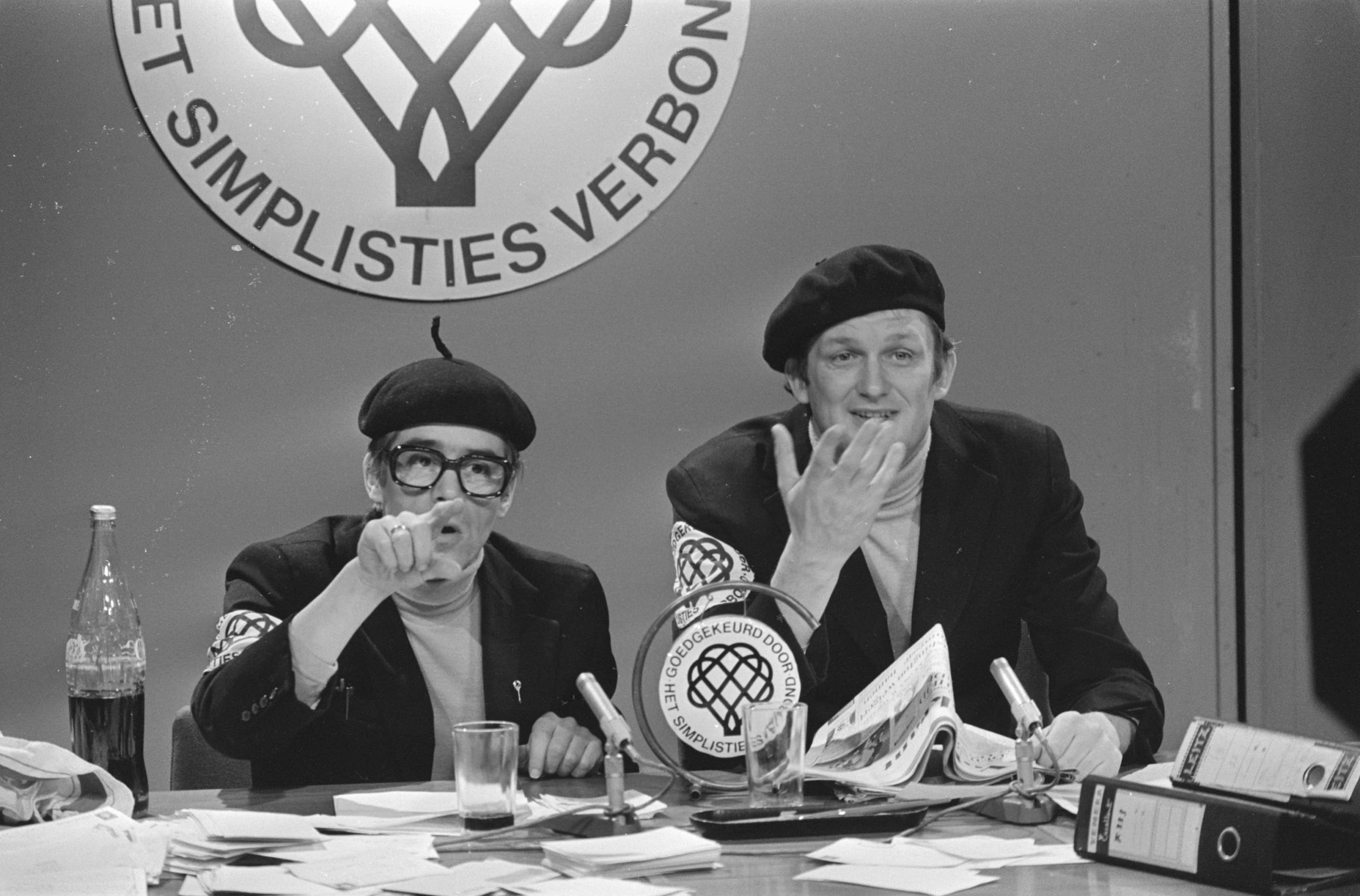 Van Kooten and De Bie as the directors of Het Simplisties Verbond
Van Kooten and De Bie as the directors of Het Simplisties Verbond© Rob Mieremet / Anefo
The Bibeb and Ischa Meijer interviews, incisive columns by Renate Rubenstein, Henk Hofland, Jan Blokker and Piet Grijs, the colourful supplements and specials were all adored, devoured and savoured, especially by the Flemings who found no counterparts in their own country.
Practically everyone also watched the VARA and on Sunday evening switched on Nederland 2, because that was VPRO’s broadcasting slot.
If there was one periodical that has evangelized this new Dutch wave of VPRO and by extension the rest of Dutch television in Flanders, it was Humo. The weekly magazine was wildly enthusiastic about the innovative television in the Netherlands.
VPRO was by no means just Het Simplisties Verbond: it was full of talented and recalcitrant programme makers who were allowed to do their creative thing almost undisturbed. They made unforgettable television that was the envy of everyone. Certainly, the progressive Fleming and most certainly the Flemish television makers.
They allowed themselves everything because they could afford everything. “The VPRO,” wrote de Volkskrant, “was an island, a forgotten oil rig off the radar screen. There they worked on radio and television programmes that most television viewers turned their noses up at. But VPRO turned its nose up at them with interest to spare.”
Van Kooten and De Bie were the exponents of this: they were allowed to revolve around each other brilliantly, as if they were tropical, exotic fish in their own aquarium, while the whole country watched, as a critic once reported. “We don’t have an audience, we judge ourselves,” Wim de Bie said. Their TV work was a weekly report of their own and only their own amazement at what was going right and wrong in the world. Their Sunday night was a warm nest where no one started whining about percentages of viewers and ratings.
It was a kind of self-centredness not often seen but brilliant at the same time, that was tolerated because the other broadcasters had discovered His Majesty the Viewer, so that the dissatisfaction remained limited, and because their programmes were continually surprising.
Entertain with content
But from the 1980s onwards, commercial competition in the Netherlands also gnawed away at the status and market shares of the public broadcasting bastion. The VPRO was increasingly relegated to the margins, because it remained adamantly unconcerned with what the public needed: the only need was to make good programmes. “If the majority decides, you’ll get bad television,” said the programme makers, but in the end, it became necessary to take the viewer into account. The golden era in which everything was possible and allowed was now over.
For the VPRO, the 1970s were the ideal breeding ground for idiosyncratic television, which had no equal in the Low Countries. Thanks to strong leadership, which stubbornly continued to chart its own course in a television landscape with little competition. And thanks to a generation of supremely talented and idiosyncratic programmers, who believed that content was their prerogative and should not be run-of-the-mill and pre-chewed.
For the VPRO, the 1970s were the ideal breeding ground for idiosyncratic television, which had no equal in the Low Countries
That generation is either dead or retired. Or both. Few Flemings still watch Dutch TV and oh irony: practically all of the Dutch written press that Flemings were so enthusiastic about is now in the hands of Flemish conglomerates.
Fortunately, the VPRO continues to “entertain with content” and continues to shy away from the beaten paths and the purchased programme formats. When the organization turned fifty in 1976, a book about its history was published. Its title aptly sums it up, The Potency of a Dwarf: how a contrarian broadcasting organization, a small but bravely small one at that, has profoundly influenced the media in the Netherlands in that half century. And beyond that.
After all, one thing is certain: His Majesty the Viewer will never take the place of His Highness the Programme Maker with them. That is, as long as the system exists and the VPRO is still part of it.

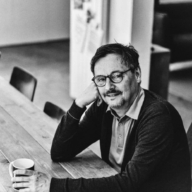
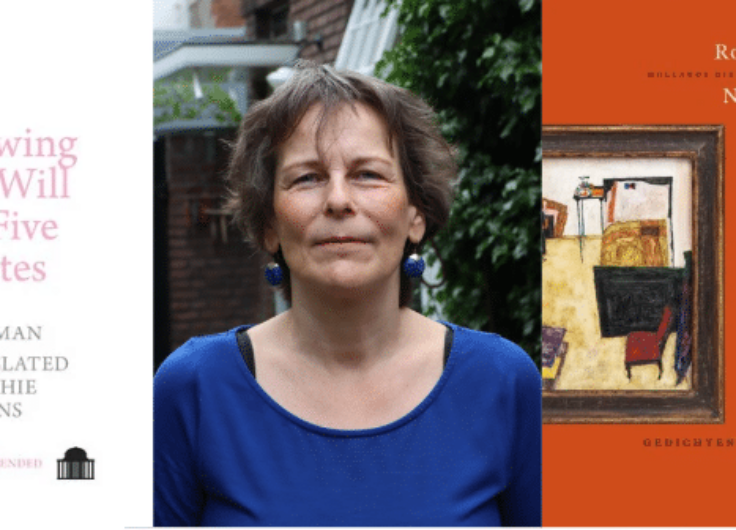

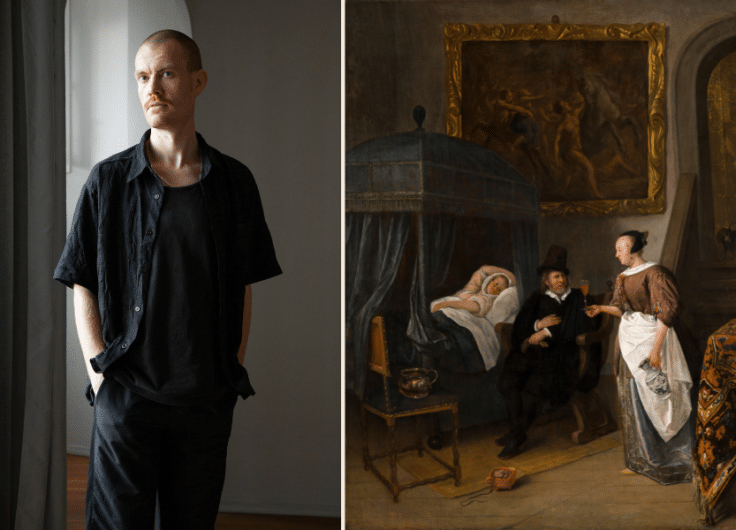
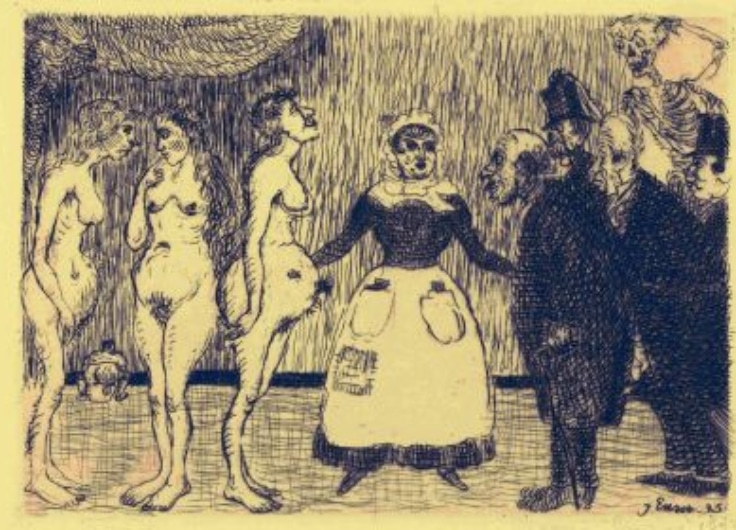

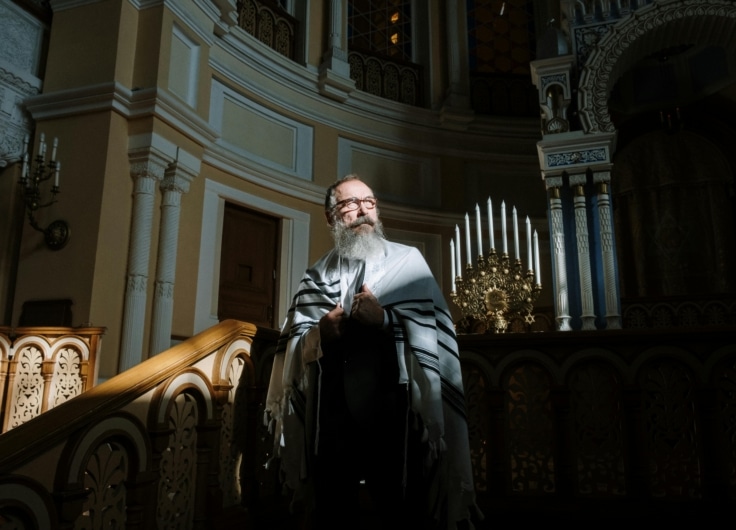
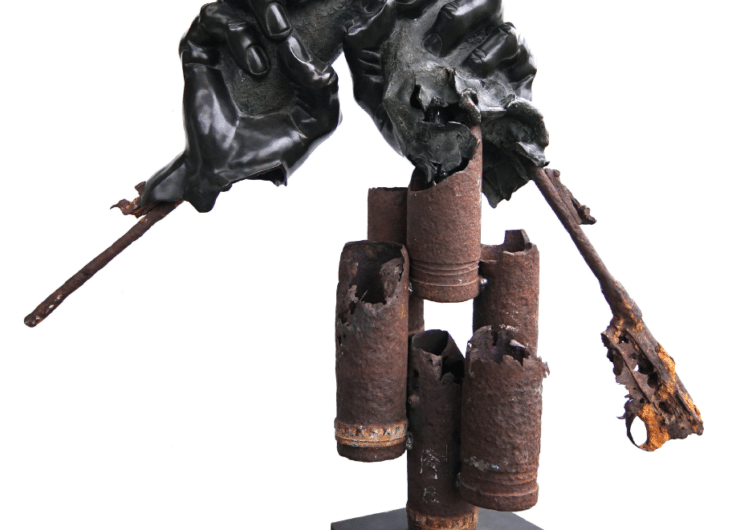
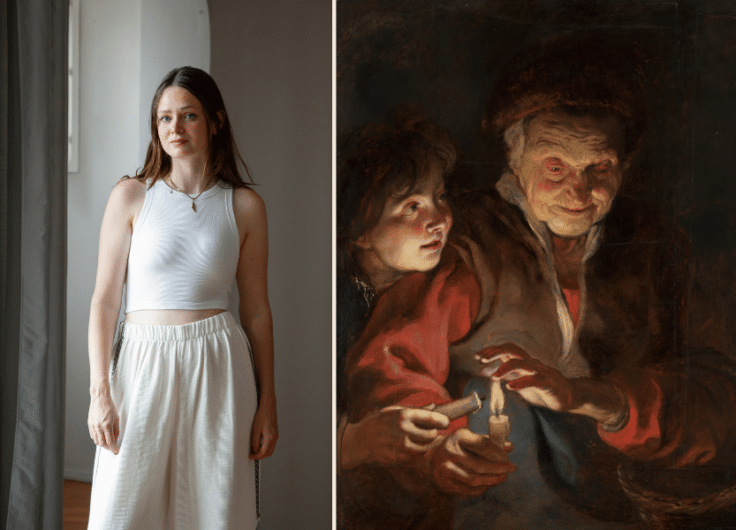



Leave a Reply
You must be logged in to post a comment.